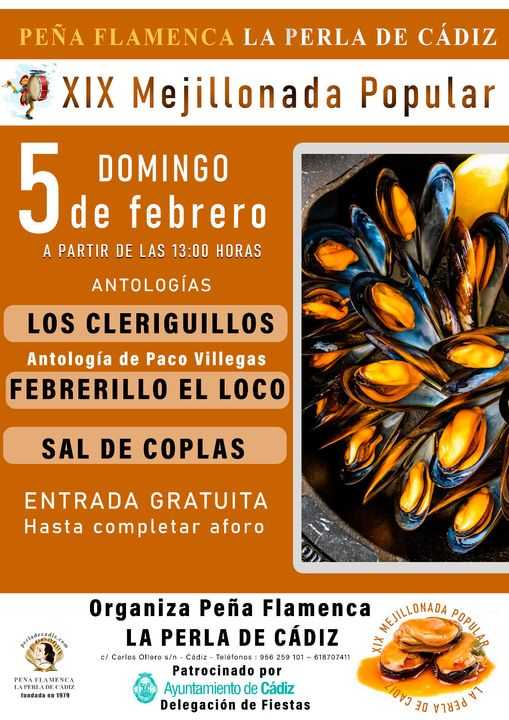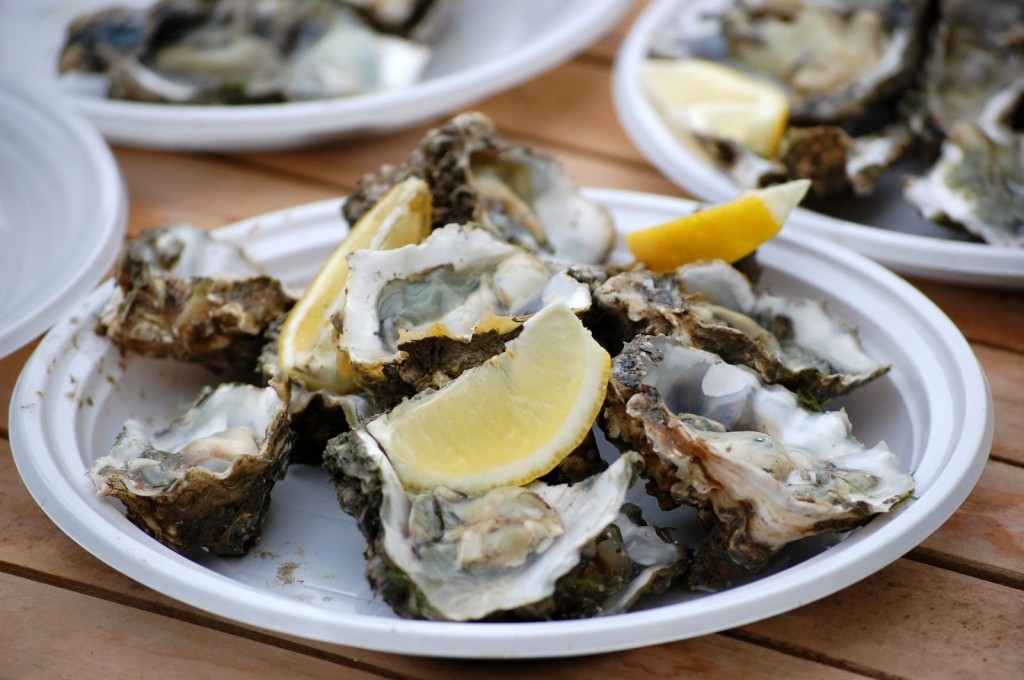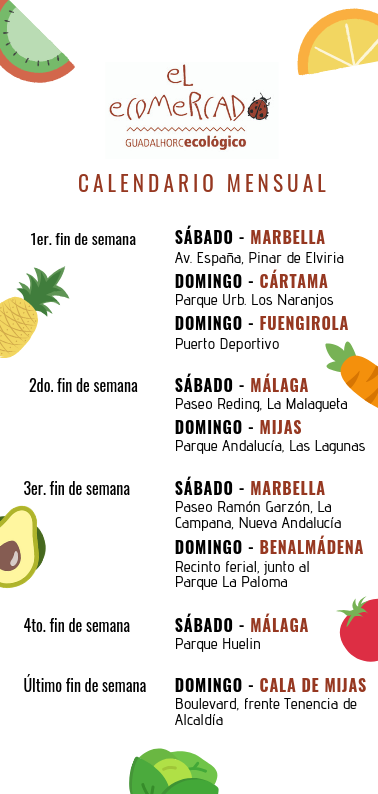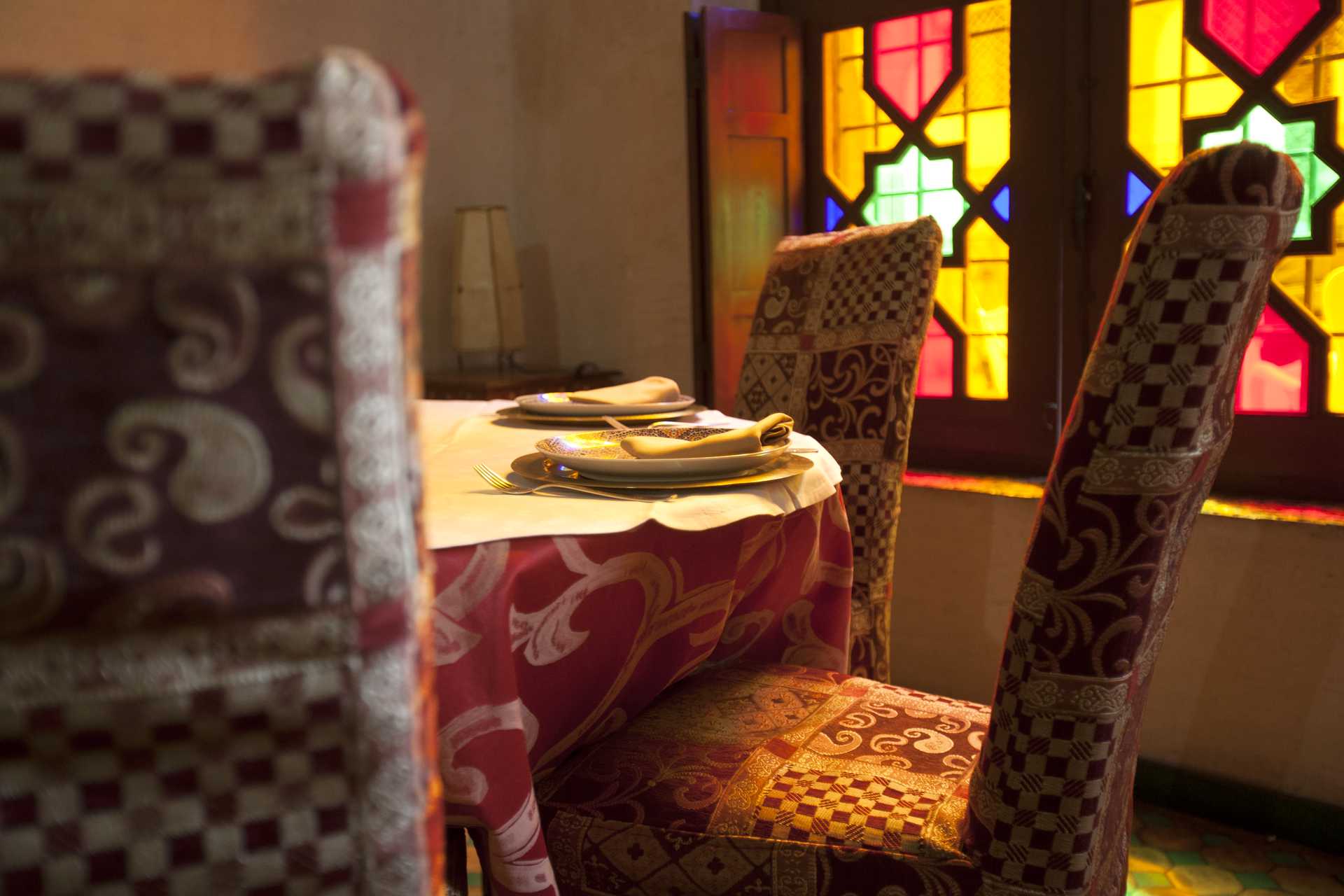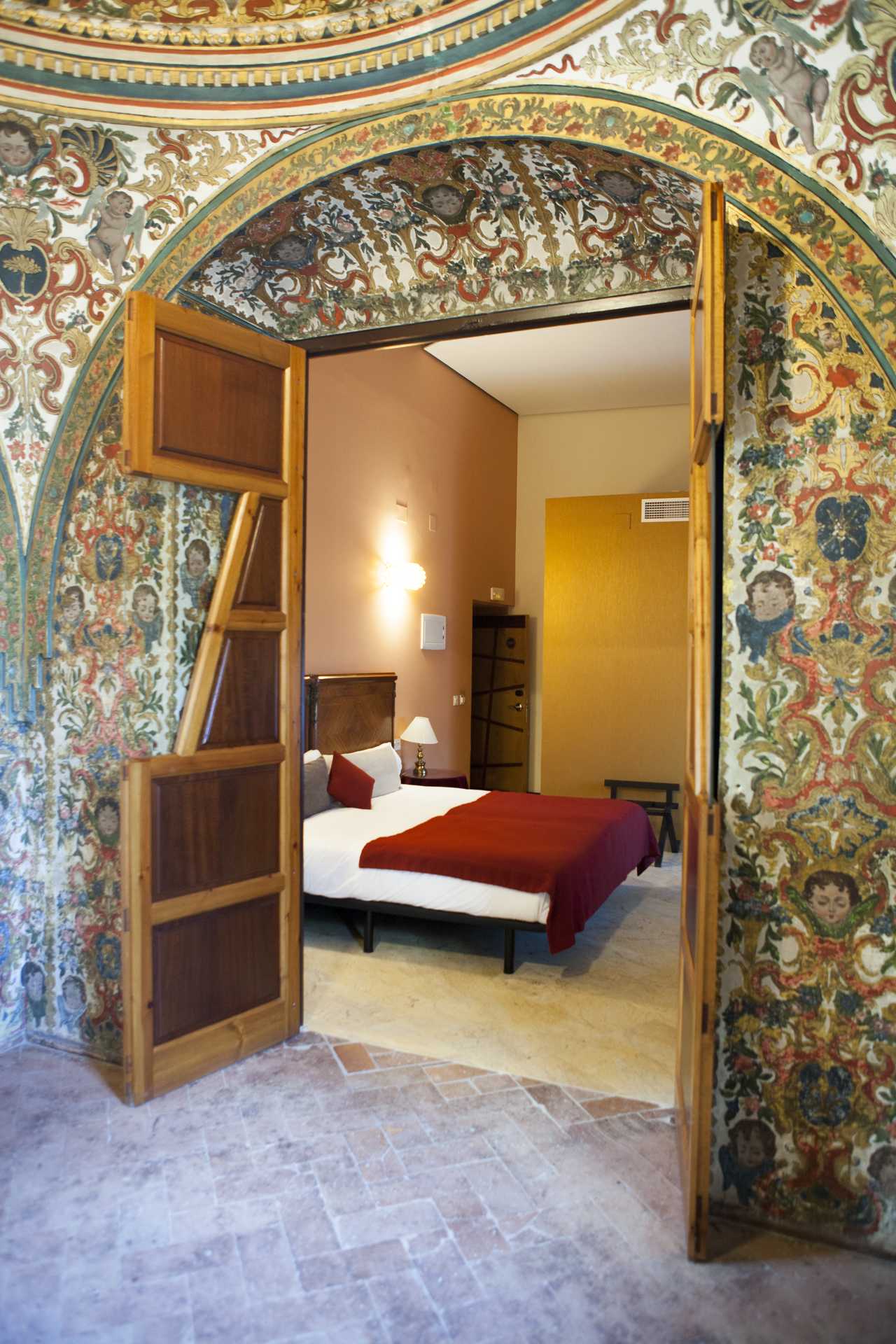
The Andalusian wine
The cultivation of vines in Andalusia goes back over many centuries and the region is renowned for the production of prestigious wines which are known the world over. Thanks to the growth in maritime trade, the 16th and 17th centuries were a period of particular growth.
The topography, geology and climate of Andalusia are all ideal for the cultivation of vines. The Mediterranean climate with all its different micro climates, the mild average temperatures (16ºC), the lack of frosts and hailstorms, and the long hours of sunshine, combine with the contrasting altitudes and systems of maturing to create wines of exceptional quality, with a wide variety of types and characteristics.
This focus on high quality production has remained right up until the present day and more than 70% of Andalusian vineyards are run under the auspices of one of the six Denominations of Origin which were set up and monitored by their respective Regulatory Councils: Condado de Huelva (1933), Jerez-Xérès-Sherry (1933), Málaga (1933), Manzanilla de Sanlúcar (1964), Montilla-Moriles (1985), and Sierras de Málaga (2001). There are also 16 wines with geographic designation (Vinos de la Tierra) and a whole range of historic wines with no specific denomination which are none the less extremely popular such as the Tintilla from Rota, the Pajarete, the Moscatel from Chipiona, or the Mosto from the Aljarafe... A whole Wine Culture has grown up around all these different varieties with numerous bodegas, specialised museums, and traditional fiestas...
Vineyards and bodegas
The busiest time in the vineyards is at the end of August and beginning of September, when the harvest begins. Large numbers of workers are taken on to harvest the grapes just as they reach their optimum maturity, the collection going on from very early in the morning until midday, so that the fruit is as fresh as possible when it reaches the pressing plant, where the work continues. The grapes should be crushed within an hour to avoid bacteria developing. The Bodegas then collect the new wines to begin the maturing process.
Wine Architecture
Over the centuries the wine producers have gradually adapted their buildings and beautified their bodegas to create an equilibrium between functionality and aesthetics. As such, the high ceilings and thick walls of the bodegas with their sandy soil floors which can be irrigated, maintain the ideal temperature and humidity for the successful maturing of fine wines. In the Jerez wine producing
area the bodegas are situated on the coast or on raised areas of ground so that the wines receive the morning sea breezes and the humid winds of the ocean. With the growth of wine tourism, numerous haciendas, estates and bodegas have opened their doors to the public. They offer guided visits and tastings, and some even organise equestrian or flamenco shows to complete a unique experience.
Wine routes
The Wine Routes in Andalusia are a perfect combination of the oenological, cultural, historical, and traditional aspects of the villages, towns, and areas they pass through.
A good example is the Condado de Huelva Wine Route , which, apart from the various bodegas, also allows visitors to take in the city walls and castle of Niebla, the “Columbus sites”, the town of Moguer, birthplace of Nobel Prize winner Juan Ramón Jiménez, and the unmissable natural paradise of Doñana, whilst also enjoying the rich gastronomy, with local produce such as ham, prawns, or strawberries.
In 2007 the Sherry and Jerez Brandy routes were officially recognised as “Spanish Wine Routes”. They pass by the bodegas, wine shops, hotels and restaurants, museums, and entertainment facilities of nine different towns and cities, including Sanlúcar de Barrameda and Jerez de la Frontera with their historic buildings and monuments, as well as Lebrija, Trebujena, Chipiona, Rota, El Puerto de Santa María, Puerto Real and Chiclana de la Frontera.
The Montilla-Moriles Wine Route passes through cities, towns and villages such as Aguilar de la Frontera, Córdoba, Fernán Núñez, La Rambla, Lucena, Montemayor, Montilla, Moriles and Puente Genil. There are also interesting and attractive pressing plants in the Sierra de Montilla surrounded by vineyards, where visitors can actually sample wines directly from the vats.
Finally, the Costa del Sol Tourist Board has set up a number of wine routes which pass through areas such as the Axarquía, Montes de Málaga, the Comarca Norte, the Serranía de Ronda and the western coastal zone. They take visitors to sites such as the Roman remains of Torrox, the Fuente de Piedra Lagoon, or the Málaga Virgen Bodega, one of the few which carries out the harvesting of the grapes during the night.
Wine fiestas
Andalusia's festive calendar is full of wine related events, most of which take place in September during the harvest season.
Wine museums
The “Misterio de Jerez” Wine Museum is situated in the wine producing region of Jerez and features fascinating documents and photographic material alongside impressive audiovisual presentations. Other interesting museums in the area include the Barbadillo Museum of Manzanilla in Sanlúcar, the unusual Garvey Bodegas Museum of Wine Labels, the Gallery inside the Tradición Bodegas (containing a collection of Spanish paintings by Joaquín Rivero), and the museums of the Sandeman, Harveys and Real Tesoro y Valdespino bodegas, all of which are in the city of Jerez de la Frontera (Cadiz).
Malaga's Wine Museum contains more than 400 historical exhibits arranged in different themes: bottle labels, advertising posters, barrel tops... Also in the province of Malaga are the wine museums of Ronda and Ojén, the Eco-museum and Pressing Plant of Torrijos and the museums in the bodegas of Dimobe (Moclinejo) and Antigua Casa de Guardia (Olías). Cordoba's wines are well represented by the Mosto Winery and Museum in Moriles and the museum of the Toro Albalá Bodegas in Aguilar de la Frontera.
Related events

